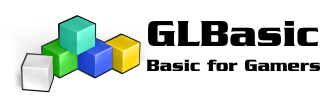The only issues I've experienced is when systems have old drivers or don't support OpenGL, then things crawl or are horribly distorted.
I've also had trouble with creating trapezoids, either my vector order is off or something, but the textures don't bend correctly.
I've also had trouble with creating trapezoids, either my vector order is off or something, but the textures don't bend correctly.

